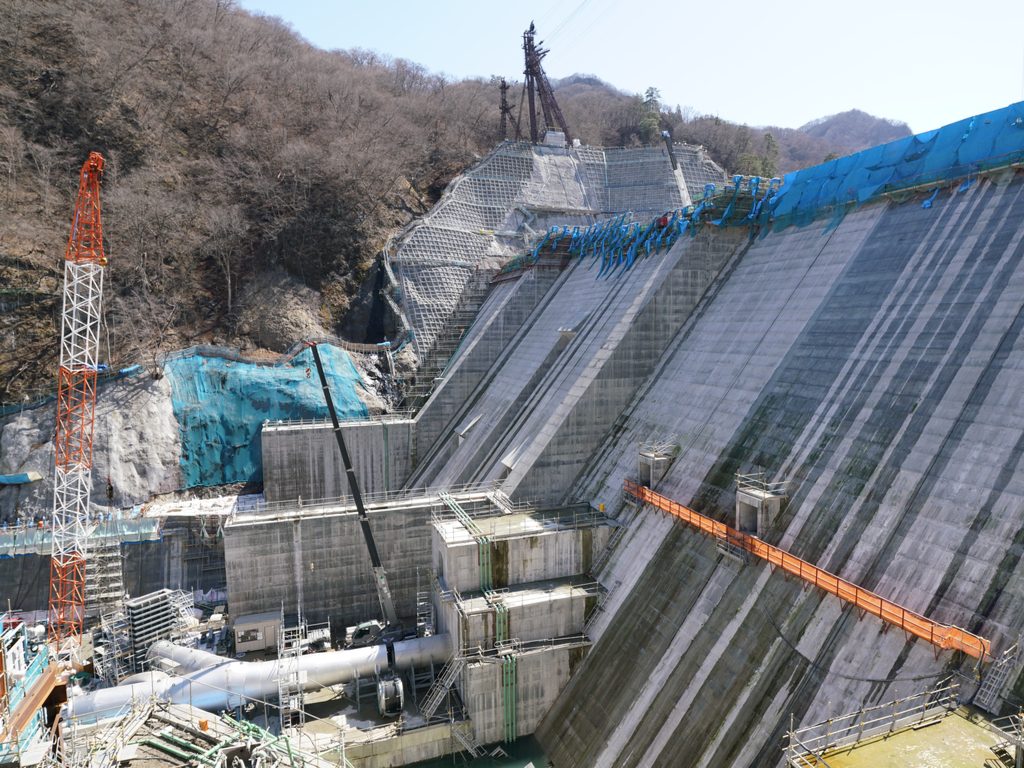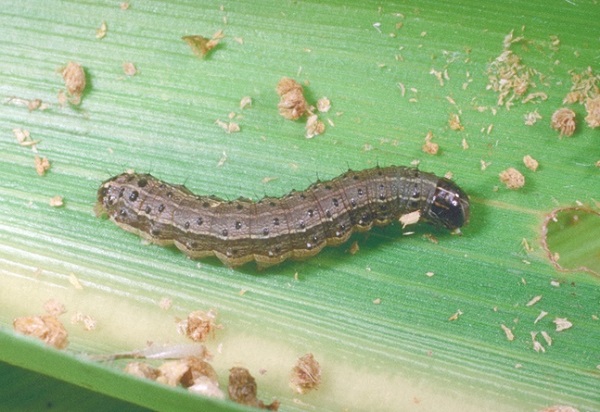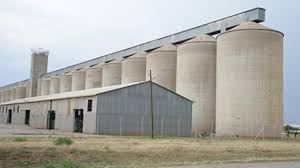Matabeleland South hay baling boost
MATABELELAND South Province has received eight tractors from the Government to boost ongoing hay baling efforts, a critical intervention aimed at supporting livestock production in the wake of climate change induced droughts.
The province is targeting the production of 635 000 hay bales by the end of August as part of a national strategy to avert further livestock losses following the El Nino-induced drought that claimed over 50 000 cattle last year.
As part of mitigation measures, Government has procured over 3 000 hay baling tractors to be distributed across the country’s four key livestock provinces. The move is part of a concerted drive to safeguard and rebuild the national herd, which stood at close to six million cattle before widespread poverty — and disease-related deaths — particularly from Theileriosis (January disease).
Matabeleland South’s provincial Agricultural and Rural Development Services (Ardas) deputy director, Mr Bhekilizwe Ncube said the tractors were a welcome development, coming at a crucial time for the province’s recovery efforts.
“We have received eight tractors from the Government, and so far we have managed to ferry seven. This is in response to last year’s drought where we lost many animals. The equipment will help us harvest hay under the livestock mitigation strategy,” he said.
Mr Ncube said hay baling in the province began last month and efforts are underway to decentralise activities so that more communities benefit.
Provincial livestock specialist Mr Hatityi Muchemwa said each of the province’s districts would receive one tractor, enabling localised hay-cutting efforts and reducing the distances farmers travel to access feed.
“The tractors will also be available for hire to farmers with large tracts of land suitable for hay production. Central points will be set up where hay bales will be sold at affordable prices,” he said.
Mr Muchemwa noted that areas with high production potential such as Shangani, Matopo National Park, Matopo Research Institute, Figtree, Umzingwane and various irrigation schemes across the province have been earmarked for intensive hay baling.
“We were using just one tractor and this boost of eight will enable us to accelerate the baling to meet our targets. We are also targeting wheat straw baling post-harvest across irrigation schemes,” he said.
Mr Muchemwa said this season, most districts have sufficient grass, which presents a good opportunity to scale up baling efforts. He said the harsh lessons of last year’s drought had encouraged more farmers to set aside land for hay production and to store crop residues for use during dry periods.
Mr Muchemwa said commercial farmers and institutions with land were joining the Government in the hay baling initiative. He urged farmers to form groups for bulk procurement at production points, enabling them to purchase feed more affordably.
Hay baling is particularly beneficial for smallholder farmers, giving them access to affordable and nutritious supplementary feed at subsidised prices, as commercial stock feed is beyond the reach of many. In addition to hay, the programme also includes the baling of fodder, which offers even higher nutritional value. —herald










